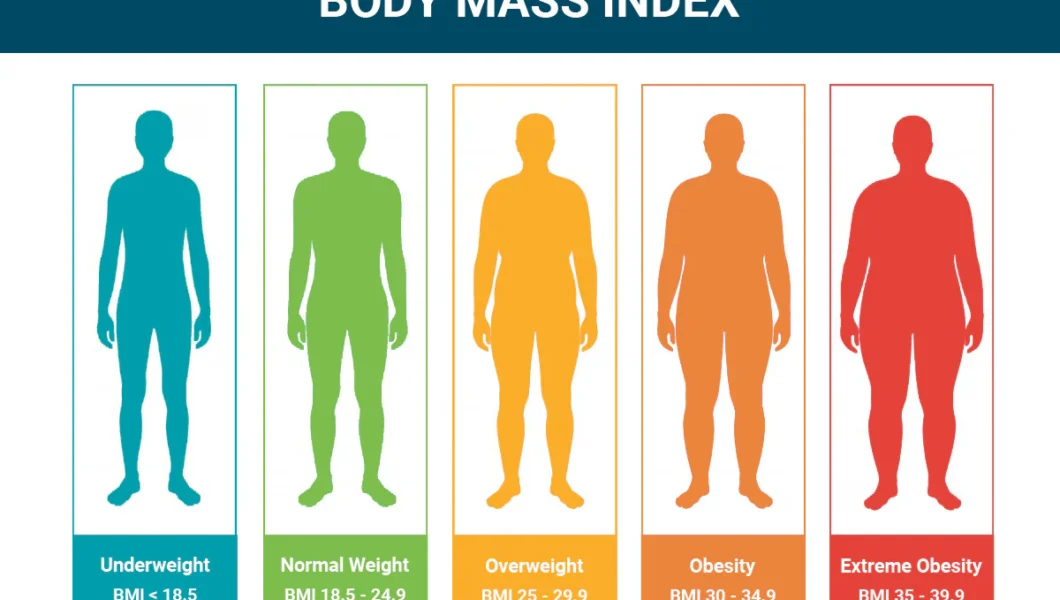Ultimate Guide to Different Types of Whey Protein: Which One is Right for You?
Whey protein is among the most popular and effective supplements in the fitness and health industry. Whether you’re an athlete, bodybuilder, or just someone looking to improve overall health, whey protein can be a game-changer in meeting your dietary and fitness goals. However, with different types of whey protein available, it can be confusing to […]





















